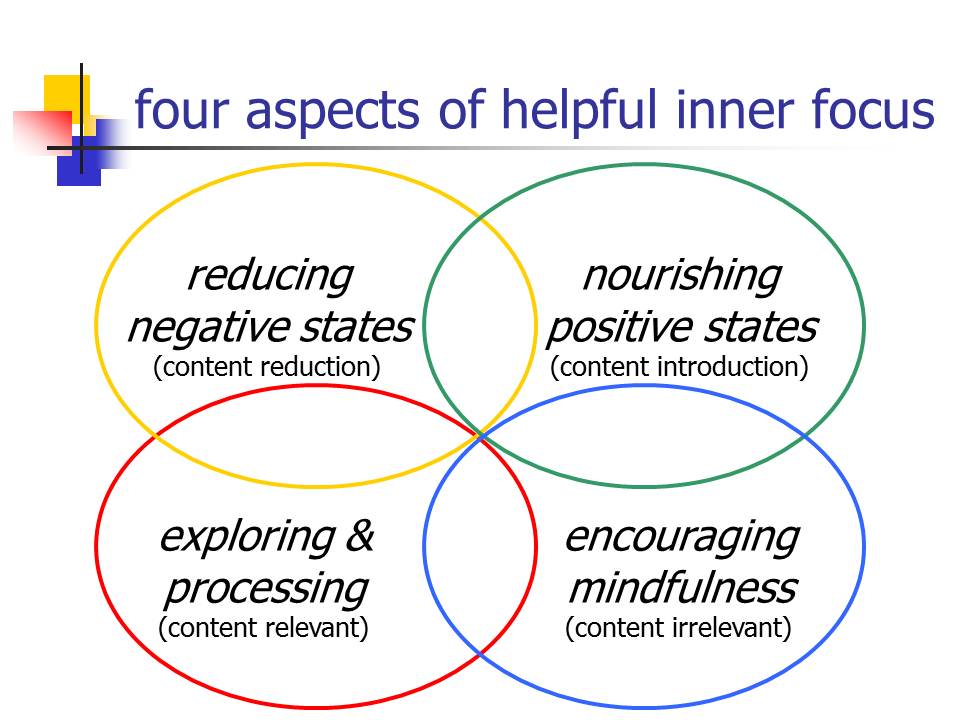Therapeutic writing & speaking: inspiration from values (how to do it)
Last updated on 9th February 2012
I wrote yesterday about "Therapeutic writing & speaking: inspiration from values (background information)". Today's post looks more at how-to-do-it details. Self-affirmation research describes a number of effective ways to reduce stress, clarify thinking, and boost effectiveness. If the affirmation exercise is being done in response to a particular stress or threat, it's sensible to choose a subject to write (or speak) about that is of real personal importance but that is different from the area that's being threatened. Happily several other writing research studies suggest additional ways of making this type of exercise even more helpful. So a standard set of self-affirmation instructions might well involve asking participants to choose a particularly important personal value (for example, kindness,

